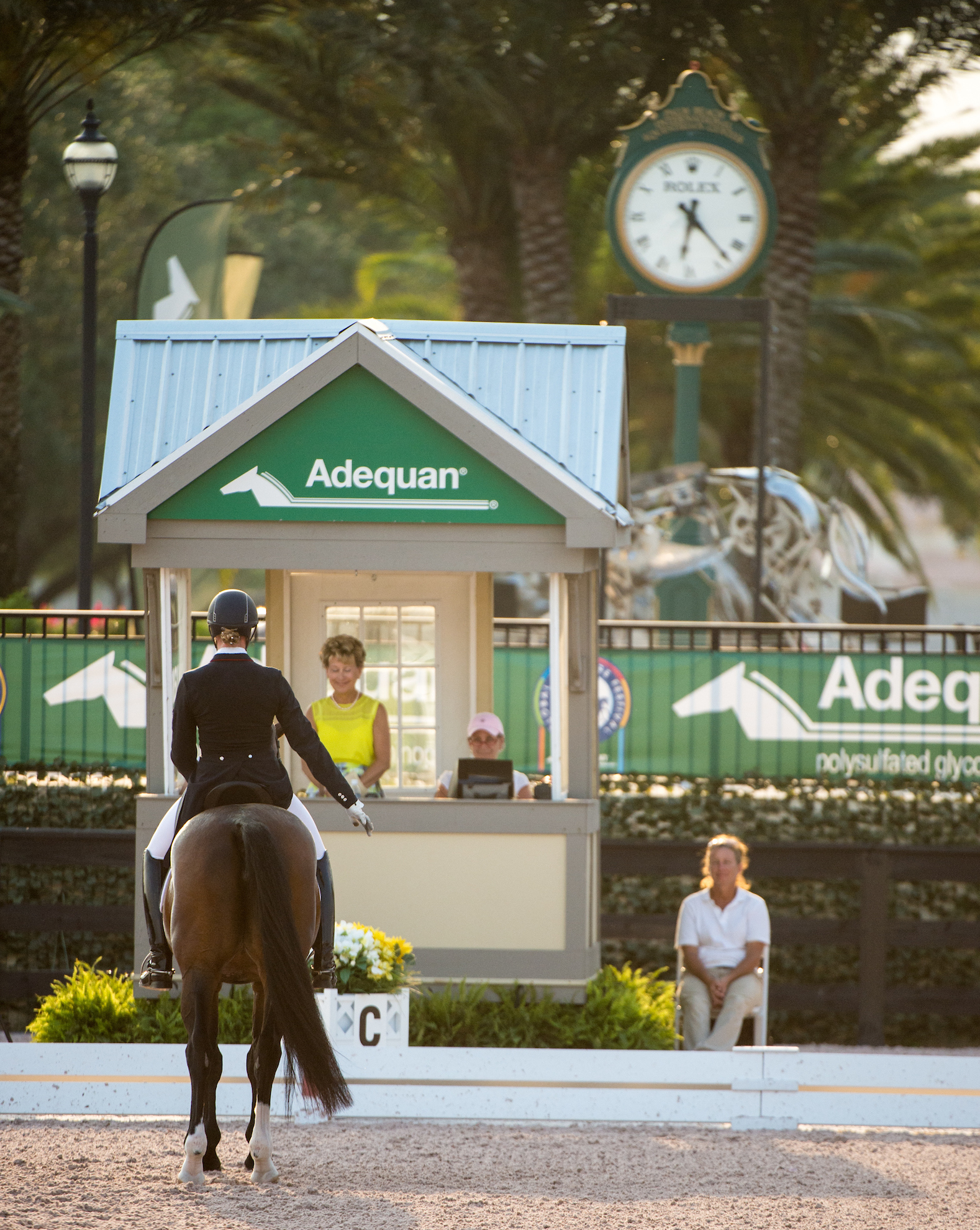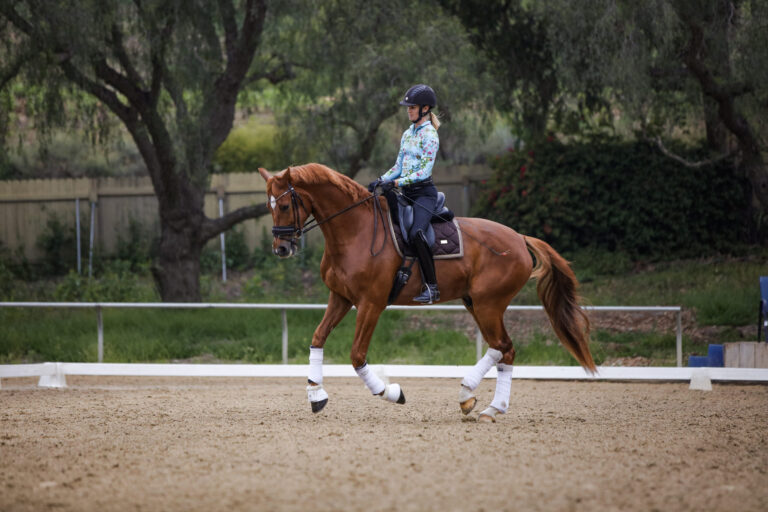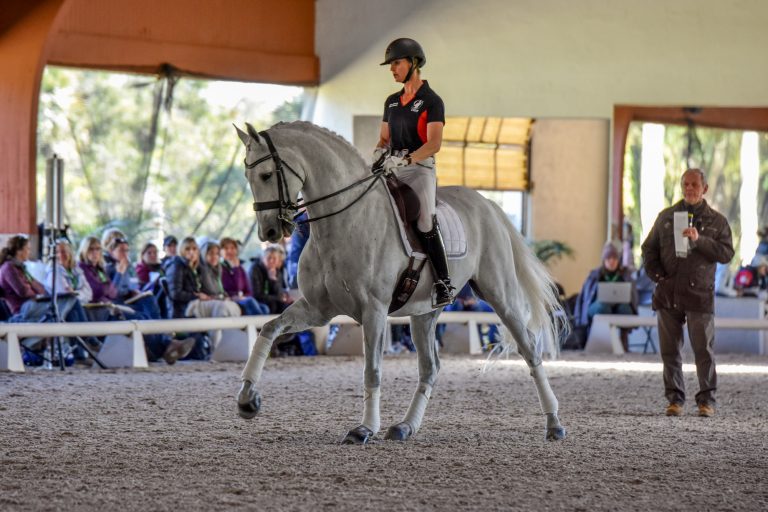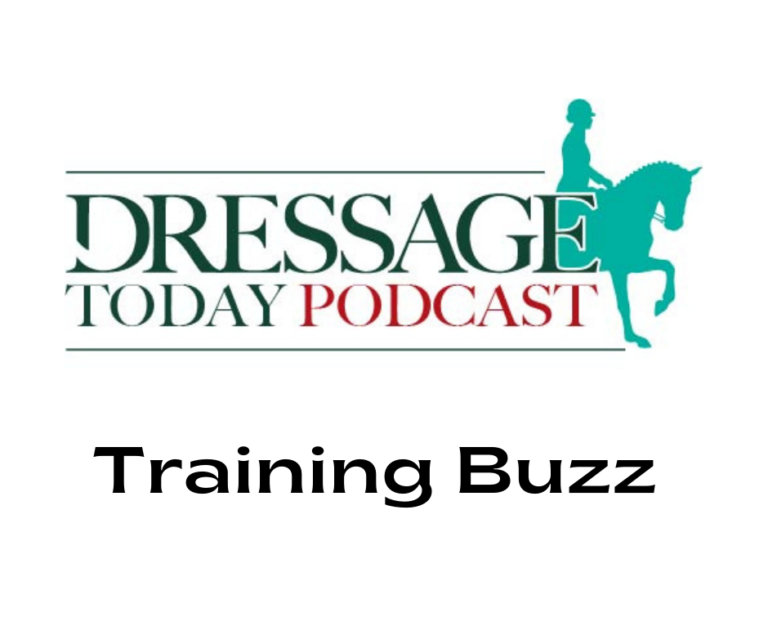I wish I knew when I was competing what I now know as a judge. The judge’s perspective puts a whole new light on the way a rider presents her horse.

Competitors often make the mistake of thinking that because they can do the “tricks” of the level, then that’s where they should show. The judge, however, wants to see a horse ridden with correct basics for each level according to the purpose as written on the test. Just because you can do a flying change doesn’t necessarily mean you have a Third Level horse. For example, I sometimes see horses doing a flying change who are not on the bit—a basic requirement. There should be evidence that the Training Scale is being followed in the training of the horse.
The judge appreciates the rider who understands the geometry of the arena, uses the corners correctly and rides transitions and figures accurately. Thoughtful and proper preparation for movements and transitions is also appreciated. I am always amazed at the unnecessary waste of points due to careless use of the arena and attention to detail.
It is interesting to sit in the judge’s box and observe how different horse-and-rider combinations ride each movement. Some riders execute the basics more correctly and fulfill the criteria of each movement more fully than others. The judge observes whether the criteria of each movement are being met.
For instance, in the shoulder-in, the quality and cadence of the collected trot should be maintained. Judges want to see that the angle is correct and that the shoulder-in doesn’t appear more like a leg yield. A judge will also look to make sure the horse is fulfilling the purpose of the shoulder-in. This means he will become more engaged, step under the midline of his body with the inside hind leg and bend the joints of his inside hind leg, lowering his hip. The horse should be correctly bent away from the direction of travel and appear to be uniformly bent around the inside leg of the rider. He shouldn’t be over bent in his neck or falling out through his outside shoulder. Overall, the horse needs to be in a balance that is appropriate to the level.
Tempi changes must be in balance and rhythmic, and the quality of the canter and the impulsion must be maintained. The horse must be in self-carriage, straight, obedient and sensitive to the aids. The quality of the changes will also be in question, with judges looking to see if there are mistakes in either the count or the changes themselves and making sure the changes are centered on X.
In the canter pirouette, the gait quality and cadence should be maintained. The hindquarters of the horse should be well-engaged, lowered and show good flexion of the joints. The horse must remain on the bit with a light contact with the poll at the highest point, and he must be slightly bent in the direction in which he is turning. The pirouette (or half pirouette) must be the correct size for the level, and the horse must take the correct number of steps. In preparation for the pirouette, the judge will look to see if there is increased activity and collection. Additionally, the balance must be maintained during the pirouette and as the horse proceeds at the completion.
Above all, the judge would like to see a harmonious combination. It should look easy. It should look like the horse is performing of his own accord the wishes of the rider. Are the aids obvious or discreet? The judge should feel like he or she would just love to ride that horse.
Over and over as I judge, my scribes or judge candidates sitting in the box with me tell me what an eye-opener it is to be in the judge’s box and learn what it looks like through the judge’s eyes. The USDF “L” Education Program is a great educational opportunity. It teaches riders who aspire to become judges the intricacies and demands of judging. It educates riders to know how the judge thinks, what the judge is looking at and is looking for as well as how judges are taught to arrive at the correct score and formulate constructive and helpful comments. I often hear “L” graduates comment that they are recommending that all their students at least audit the USDF “L” Education Program. They feel that by understanding the judge’s point of view, their students will become more successful competitors.
Just imagine how much better riders could present their horses if they were more conscious of the judge’s perspective. It is a perspective I could have benefitted from during my competitive career.

Marilyn Heath is a USEF “S” judge. She earned her USDF bronze, silver and gold medals and has trained and competed through Grand Prix. She was long-listed by the U.S. Equestrian Team (USET) in the 1980s and competed for the USET at the World Championships in 1986. Dedicated to educating future judges, she has been chair of the USDF “L” Education Program for nine years.










